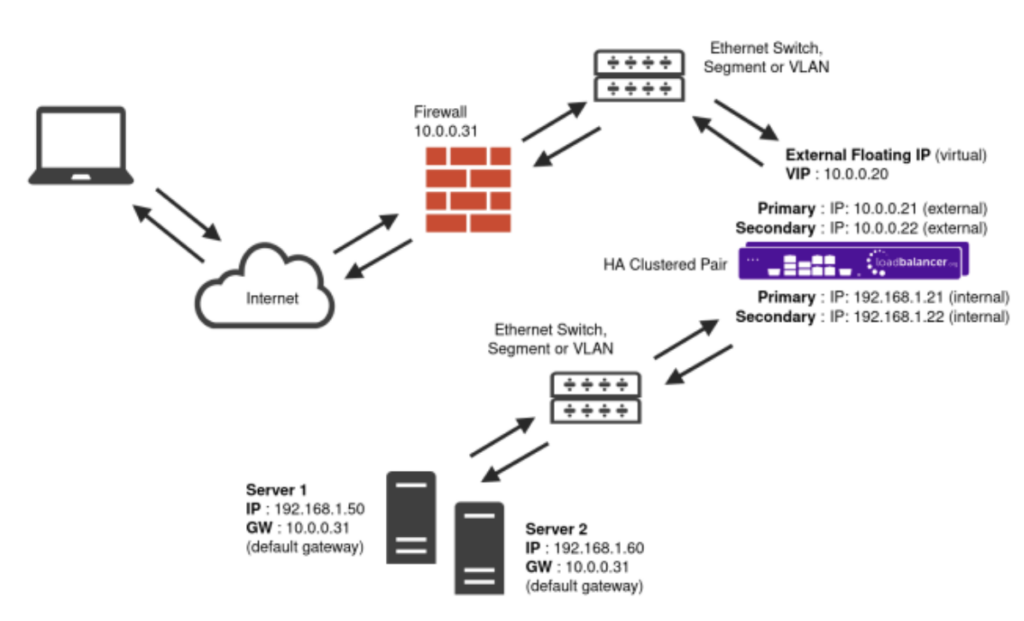Verint WorkForce Optimization

Useful resources
About Verint WorkForce Optimization
Verint WorkForce Optimization (WFO) is a unified suite of cloud solutions for capturing interactions and managing the performance of employees across the enterprise.
This includes workforce management, call recording, automated quality management, performance management, speech, text, and desktop analytics and much more.
Key benefits of load balancing
Here are a few key benefits:
- Ensures the application is always available
- Provides stable, optimal performance
- Ability to isolate servers which reduces risk when performing upgrades/maintenance
- Scalability
How to load balance Verint WorkForce Optimization
The load balancer can be deployed in 4 fundamental ways: Layer 4 DR mode, Layer 4 NAT mode, Layer 4 SNAT mode, and Layer 7 SNAT mode.
For Verit WFO, Layer 4 SNAT mode is recommended.
Layer 4 SNAT mode
Layer 4 SNAT mode is a high performance solution, although not as fast as Layer 4 NAT mode or Layer 4 DR mode.

The load balancer translates all requests from the external Virtual Service to the internal Real Servers in the same way as NAT mode.
Layer 4 SNAT mode is not transparent, an iptables SNAT rule translates the source IP address to be the load balancer rather than the original client IP address. Layer 4 SNAT mode can be deployed using either a one-arm or two-arm configuration. For two-arm deployments, eth0 is normally used for the internal network and eth1 is used for the external network although this is not mandatory.
If the Real Servers require Internet access, Autonat should be enabled using the WebUI option: Cluster Configuration > Layer 4 – Advanced Configuration, the external interface should be selected.
Layer 4 SNAT requires no mode-specific configuration changes to the load balanced Real Servers. Port translation is possible with Layer 4 SNAT mode, e.g. VIP:80 → RIP:8080 is supported. You should not use the same RIP:PORT combination for layer 4 SNAT mode VIPs and layer 7 SNAT mode VIPs because the required firewall rules conflict.




